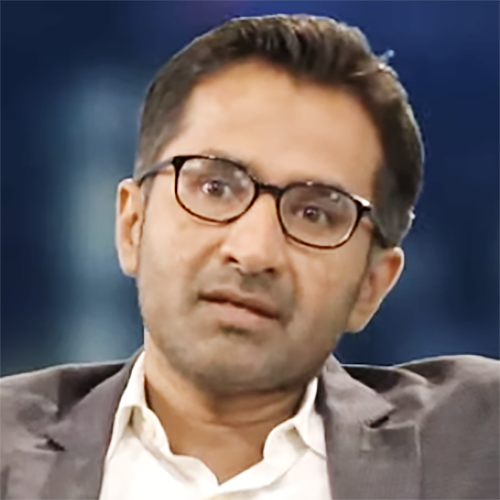Last November’s United Nations Climate Change Conference (COP27) in Sharm El-Sheikh, Egypt, concluded on a historic high note, with the last-minute agreement to establish a “loss and damage” fund. The decision to offer financial support to vulnerable countries suffering the worst effects of global warming was a remarkable achievement that has resonated worldwide. But as we move from establishing the fund to implementing it, important questions remain.
What is a realistic funding target? Who will receive financial assistance? Which entities will have final say over the fund?
As we near the halfway mark between COP27 and COP28 in Dubai, the international community must address these critical questions in the spirit of constructive multilateralism that animated the proceedings in Sharm El-Sheikh. Governments, activists, and affected citizens were able to agree on this key plank of climate justice, and we must now demonstrate the same level of collaboration in making it a success.
In March, the COP27 presidency held the first transitional committee meeting in Luxor, Egypt, to begin addressing the operationalization of the fund. The composition of the committee ensured a diverse range of voices, and complex issues were discussed in a constructive spirit of cooperation.
The three-day meeting concluded with the adoption of a work plan containing substantive and procedural milestones to deliver actionable recommendations well in advance of COP28. Moreover, the plan outlines how the committee will focus on all elements of its mandated recommendations at each gathering, gradually working toward consensus.
The UN Framework Convention on Climate Change defines loss and damage as the harm caused by human-generated climate change. Solutions to postpone, minimize or prevent such harm to vulnerable communities worldwide must also be human-generated. It is our collective responsibility to implement effective policies to combat global warming, as well as to alleviate suffering and provide financial support to people whose lives have been upended by rising temperatures.
The transitional committee meetings are designed precisely for this purpose: to discuss effective methods and modalities that will turn the concept of the loss and damage fund into a tangible reality while identifying gaps in the existing climate finance system. Requests and demands are currently being analyzed and considered before finalizing the mechanics to ensure proper implementation.
Backed by a broad range of government, civil society and private sector stakeholders, the fund is designed to consider the short-, medium- and long-term effects of climate change on developing countries. It will supply financial and technological resources for responding to loss and damage caused by both immediate and slow-onset events. That could mean early warning systems, disaster risk reduction or ecosystem restoration.
As the architect of the fund, Egypt is committed to ensuring its effectiveness, transparency and accessibility. We strongly believe that all stakeholders must fully collaborate to fulfil its objectives and make a significant change in the communities hit hardest by global warming. The burden of climate change is unequal, and we have the chance to create a much fairer and stability-enhancing balance.
The loss and damage fund represents a major step forward, but it is not enough. We must continue to work tirelessly to reduce greenhouse gas emissions – the root cause of climate change. This can be achieved by accelerating the transition to clean energy, empowering communities to adapt their livelihoods and adhering to scientific recommendations in line with internationally agreed principles.
At the same time, the need to create a working loss and damage fund that delivers on the promises made at COP27 is acute. East Africa and the Sahel are currently experiencing severe droughts caused by human-induced climate change, which has resulted in meagre rain levels as well as increased evapotranspiration in plants and soil. Plagued by food insecurity, many people in the affected countries are internally displaced or have been forced to migrate, underscoring global warming’s disruptive effects and the increasingly limited ability of both nature and humanity to adapt to them.
The newly created fund will remain a top priority in climate discussions, and it is crucial to enter COP28 with a clear strategy for its effective implementation. We must approach the task with a unified sense of purpose – only by working together and getting the details right can we begin to address the vast inequities of the crisis. But given the significance of the task at hand, I am confident that we will succeed.
Sameh Shoukry is the COP27 president and Egyptian minister of foreign affairs.
Copyright: Project Syndicate








